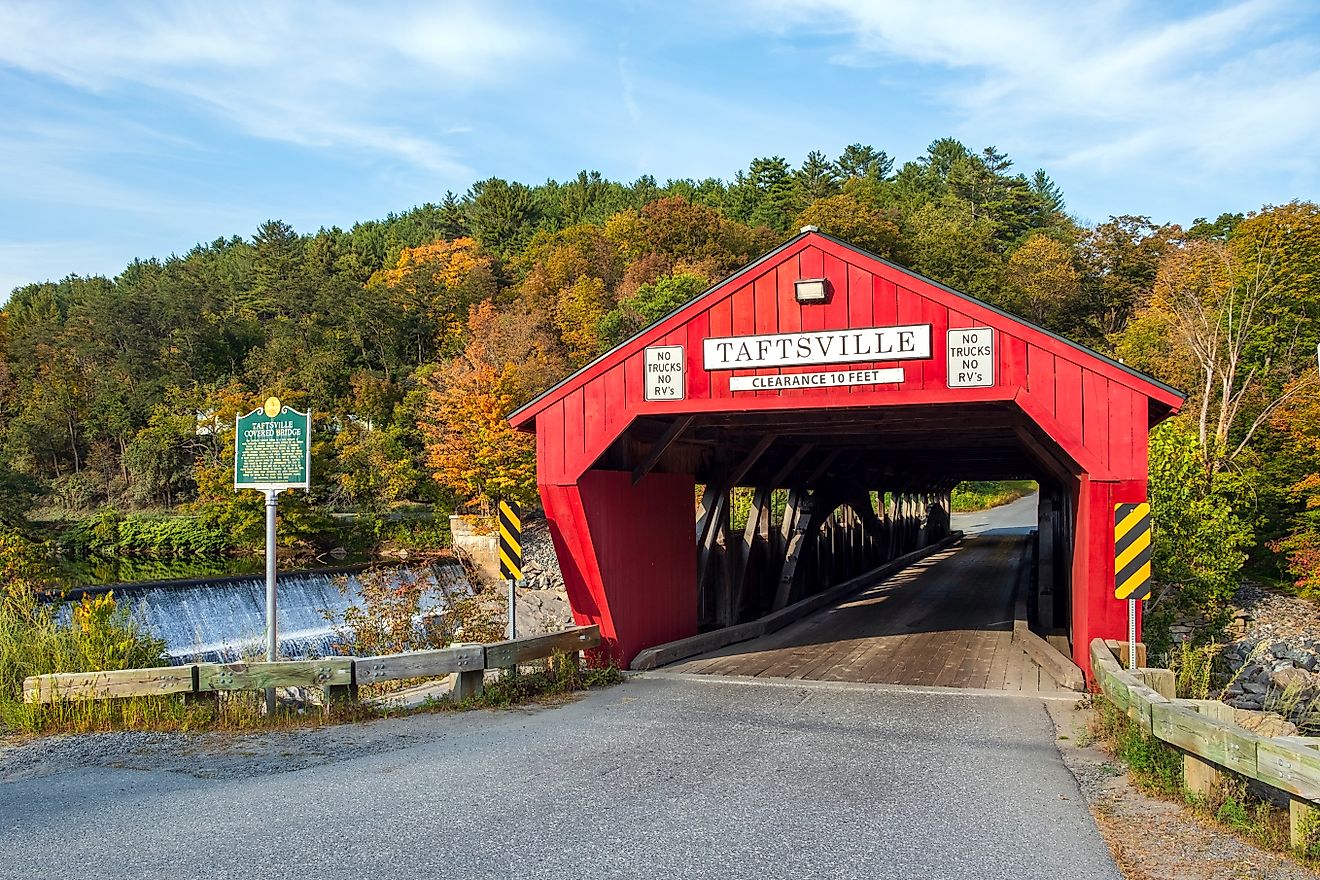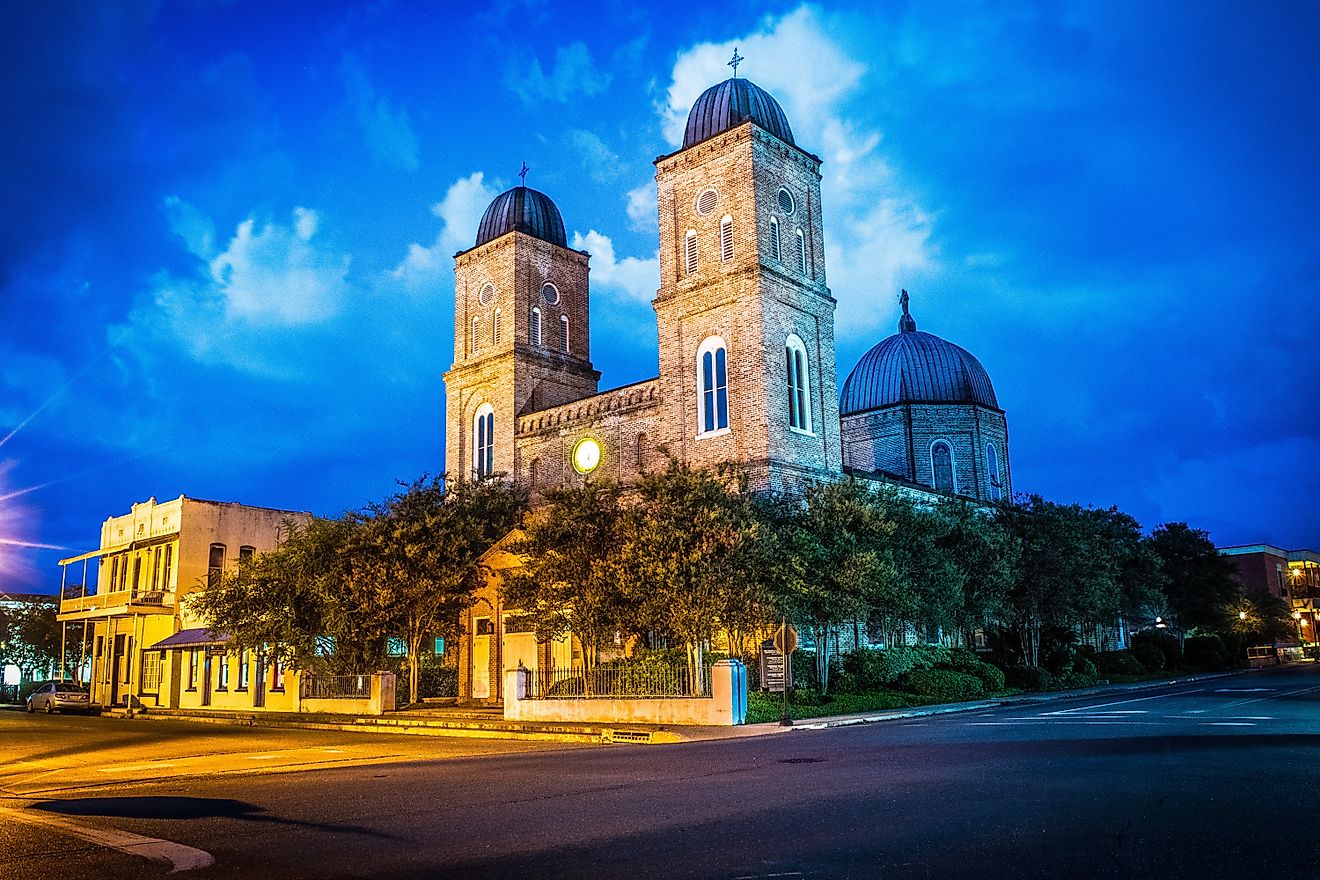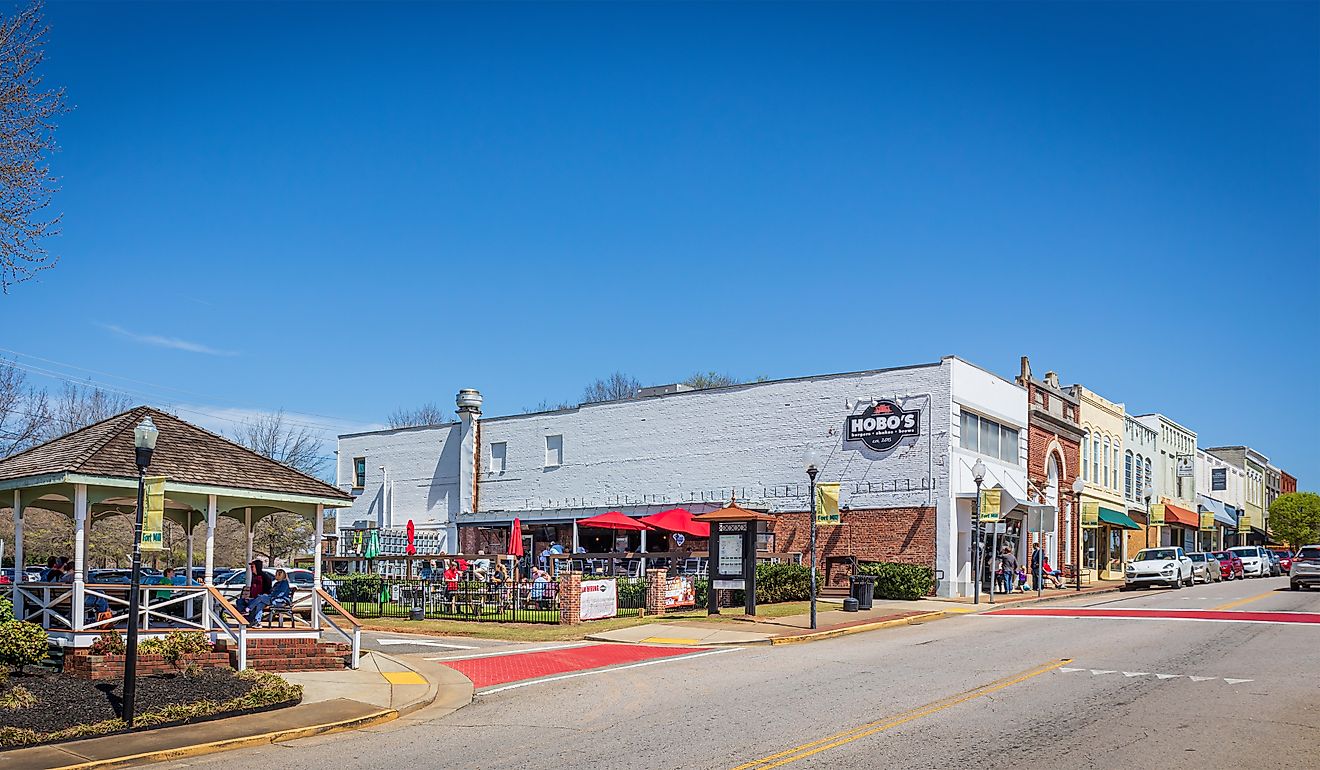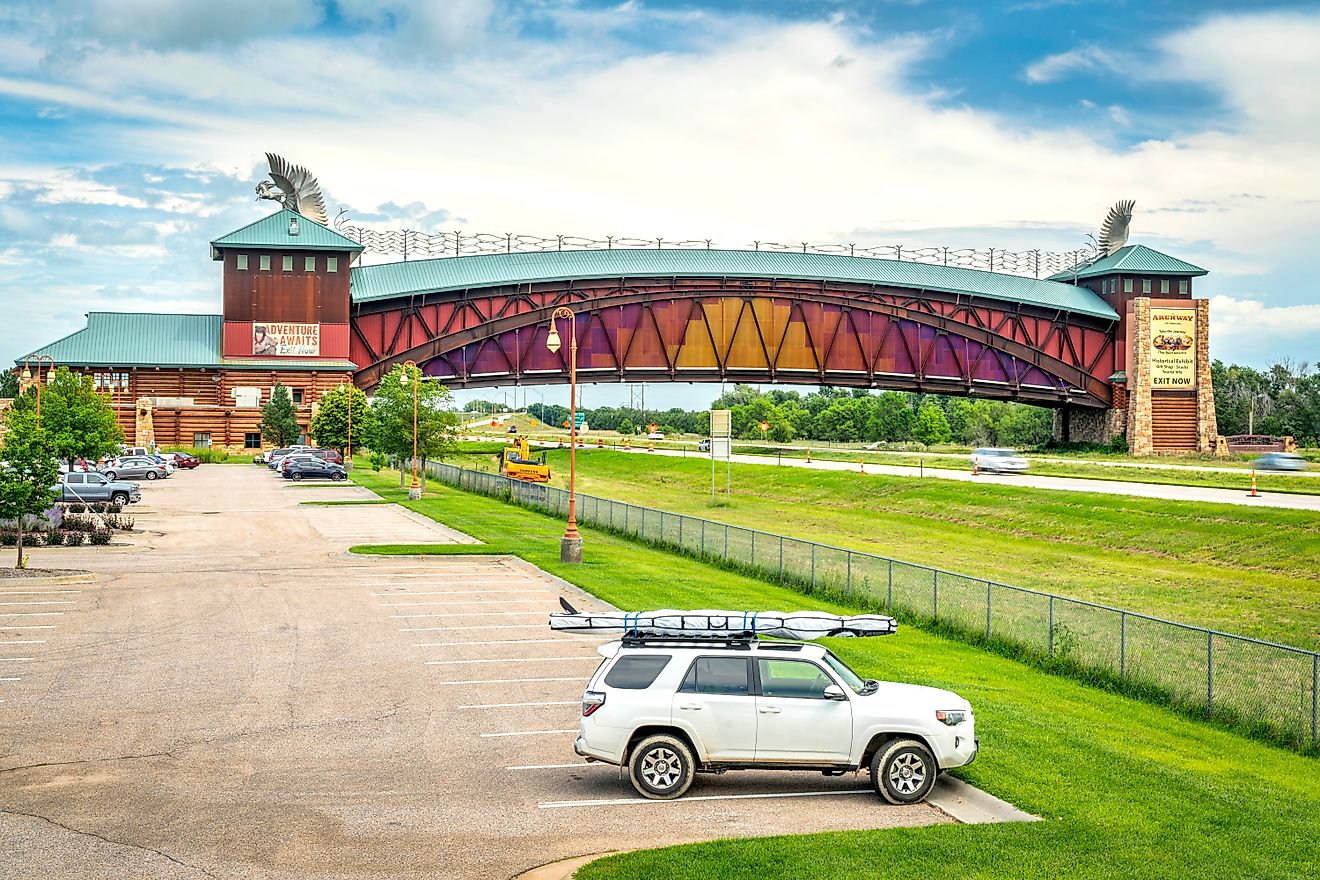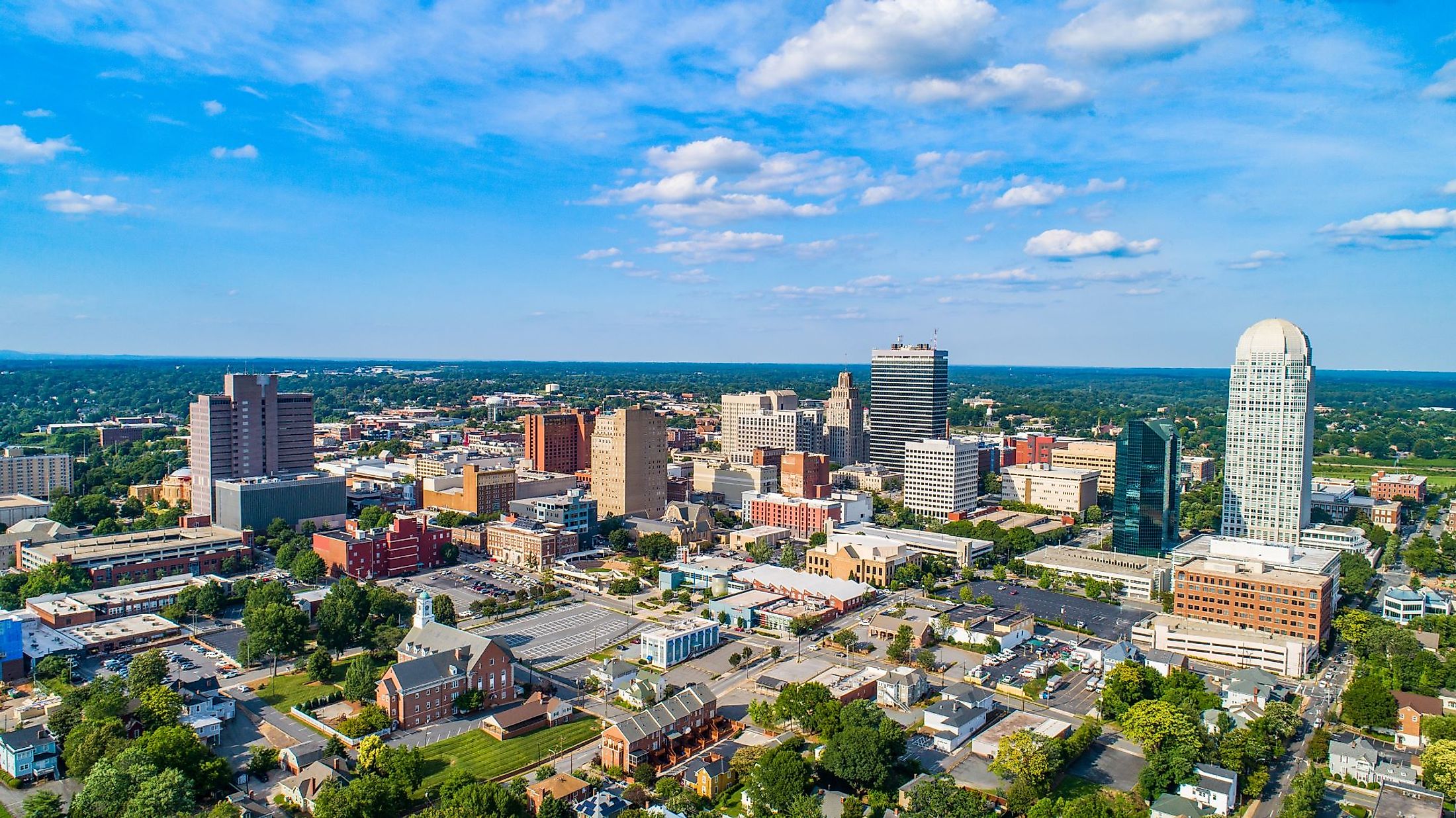
Winston-Salem, North Carolina
Winston-Salem is the 5th most populous city in the US state of North Carolina. Residents have nicknamed the town "Twin City" and the "Camel City." The twin city label is a reference to Winston-Salem consisting of two distinct communities in Winston and Salem, respectively. The camel city nickname is given for Winston-Salem's deep involvement with the tobacco industry. How did this city grow, and how did its two distinct communities merge into one?
Geography And Climate Of Winston-Salem

Winston-Salem is located in the hilly Piedmont region of North Carolina. The city encompasses 346.3 sq. km, 3.2km of which is water. The Yadkin- Pee Dee River passes through Winston-Salem. The city is 25 miles from Greensboro, 69 miles from Charlotte, and 103 miles from Raleigh. Winston Salem experiences a humid subtropical climate, with cool winters and hot, wet summers. The city's average high temperature ranges between 32°C in summer to 11°C in winter, whereas the average low temperature of the city ranges between 19°C in summer to -2°C during winters.
History Of Winston-Salem

The Saura people are believed to have inhabited modern Winston-Salem before European settlement. Bishop August Gottlieb Spangenberg chose the site of Salem in 1753. Spangenberg claimed the site in the name of the Moravian Church and named it Wachovia, after the ancestral land of Count Nicholaus Ludwig von Zinzendorf. The town was later purchased by the British, and settlement continued. Interestingly, Salem was not meant to be the primary settlement of Wachovia but became the most crucial town in the region in the ensuing decades. The name Salem was chosen as a reference to the biblical Book of Genesis. The town initially only allowed members of the Moravian church to live in Salem, but such laws mainly fell out of favor around the mid-1800s. The town of Winston arrived on the scene far later than Salem. Salem had sold some of its northern lands to Forsyth County in 1849. The land was named Winston in 1851 after a local figure of the American Revolution, Joseph Winston. Despite its small size, the town became a tobacco hub in the ensuing decades. The fate of the two towns has almost always been intertwined. Some of the first official mentions of "Winston-Salem" were by the US Postal Service in the 1880s. There was confusion and minor disputes over this designation between the towns and the government. However, the USPS established the Winston-Salem Post Office in 1899, prompting the residents and governments of the two cities to consider an official merger. A referendum in 1913 officially brought the two towns together, taking the name Winston-Salem. The following decades saw the Reynolds family, creators of the famous Camel Cigarettes brand, consolidate the tobacco industry in the region. The Reynolds became highly influential figures in Winston-Salem, as well as North Carolina itself. The city famously houses the Reynolds building, built in 1929, known as a prototype of the much more well-known Empire State Building. The city is also a significant educational center. Winston-Salem State University, a historically black university, was founded in 1892. Wake Forest University was moved from its original location in Wake Forest, North Carolina, to Winston-Salem in 1956. Being a southern city, it is perhaps no surprise that Winston-Salem followed Jim Crow doctrine after the civil war. The Civil Rights Act of 1964 and 1968, respectively, made the city integrate and adapt to the modern era.
The Population And Economy Of Winston-Salem

Winston-Salem's racial composition is around 56 percent white and 34 percent black. Approximately 14 percent of the population is Hispanic or Latino, and 2 percent are Asian. Various other races make up the remainder of the city, including a 2 percent mixed-race population. Nearly 54 percent of Winston-Salem identifies with a religion. The Baptist tradition makes up 15 percent of the religious population, with Methodists at 12 percent. Catholics make up around 4 percent of the population, while Islam is the biggest non-Christian religion, at only around 0.93 percent of the religious population. Cis females are the majority in Winston-Salem, at about 53 percent. Cis males are 47 percent of Winston-Salems population. The modern Winston-Salem is known as a commercial hub, headquartering many notable companies, such as Krispy Kreme Doughnuts, Blue Rhino, and ISP Sports. Recent decades have seen Winston-Salem become a bastion of technology and medicine.
Attractions In Winston-Salem

Winston-Salem has a plethora of things to do and see. The Old Salem Museum and Gardens sits on the site of the original Moravian settlement of Salem in the mid-1700s. The architecture of the era is preserved, and one can immerse themselves in the city's early history.

One can also take in beautiful views at Quarry Park. The Shell-Shaped Gas Station is a remnant of old Shell service stations that were literally shaped like a shell. There is an art museum at the old home of R.J Reynolds, as well as live animals and nature exhibits at Kaleidum North. Winston-Salem also has the largest shopping mall in North Carolina, the Hanes Mall.

Winston-Salem State University and Wake Forest University both have athletic programs one can go and watch, the Rams and the Deacons, respectively. The Winston-Salem Dash is a popular minor league baseball team in the city, which one can see at the Truist Stadium. The Carolina Thunderbirds play hockey at the Winston-Salem Fairgrounds Annex. Winston-Salem is a tale of two communities merging together and improving each other. Alone, Winston and Salem may have been unassuming towns in the American South that few may have thought about. Together, they are one of North Carolina's most important cities and are a community conducive to business and tourism.








